
Roots
A whisper travels through generations, carried on the very strands we tend each morning. It speaks of a time when the simple adornment of a head covering, a gesture of grace or practicality, became entangled with dictates of power, reshaping identities under the weight of legislation. This quiet knowing, often felt more than spoken, reminds us that the stories held within our textured crowns stretch far beyond personal choice, reaching back into the intricate weave of history itself.

A Crown of Identity Before Colonial Chains
Before the arrival of European colonizers, head coverings across various African societies were not merely functional items. They served as vibrant canvases, communicating a wealth of information about the wearer. From the elaborate ‘geles’ of the Yoruba in Nigeria to the ‘dukus’ of Ghana, these wraps could signify marital status, wealth, spiritual devotion, or ethnic identity. A woman’s headwrap might tell a story of her lineage, her accomplishments, or her place within the community.
These traditions, deeply rooted in cultural expression, represented a connection to ancestral wisdom and a celebration of self. The artistry involved in tying and styling these coverings spoke volumes, a visual language understood within communities.

What Cultural Significance Did Head Coverings Hold?
In many indigenous cultures across Africa, head coverings were symbols of profound cultural importance. They were often worn by royalty, signifying high social standing and prosperity. Beyond status, these coverings served practical purposes, offering protection from the sun or elements, a common need in various climates.
Yet, their significance extended into the spiritual realm, reflecting modesty, respect, and even protection against negative energies. For instance, the practice of covering one’s head has been an act of faith for African women and Black women in many spiritual traditions, from the hijabs in Islamic practice to the white lace coverings in certain Christian denominations.
- Geles ❉ Elaborate headwraps worn by Yoruba and Igbo women, often for celebrations, indicating status through their complexity.
- Dukus ❉ Head coverings popular in Ghana and Malawi, often signifying cultural identity.
- Doeks ❉ The Afrikaans term for headwraps, common in South Africa and Namibia, also carrying diverse meanings.
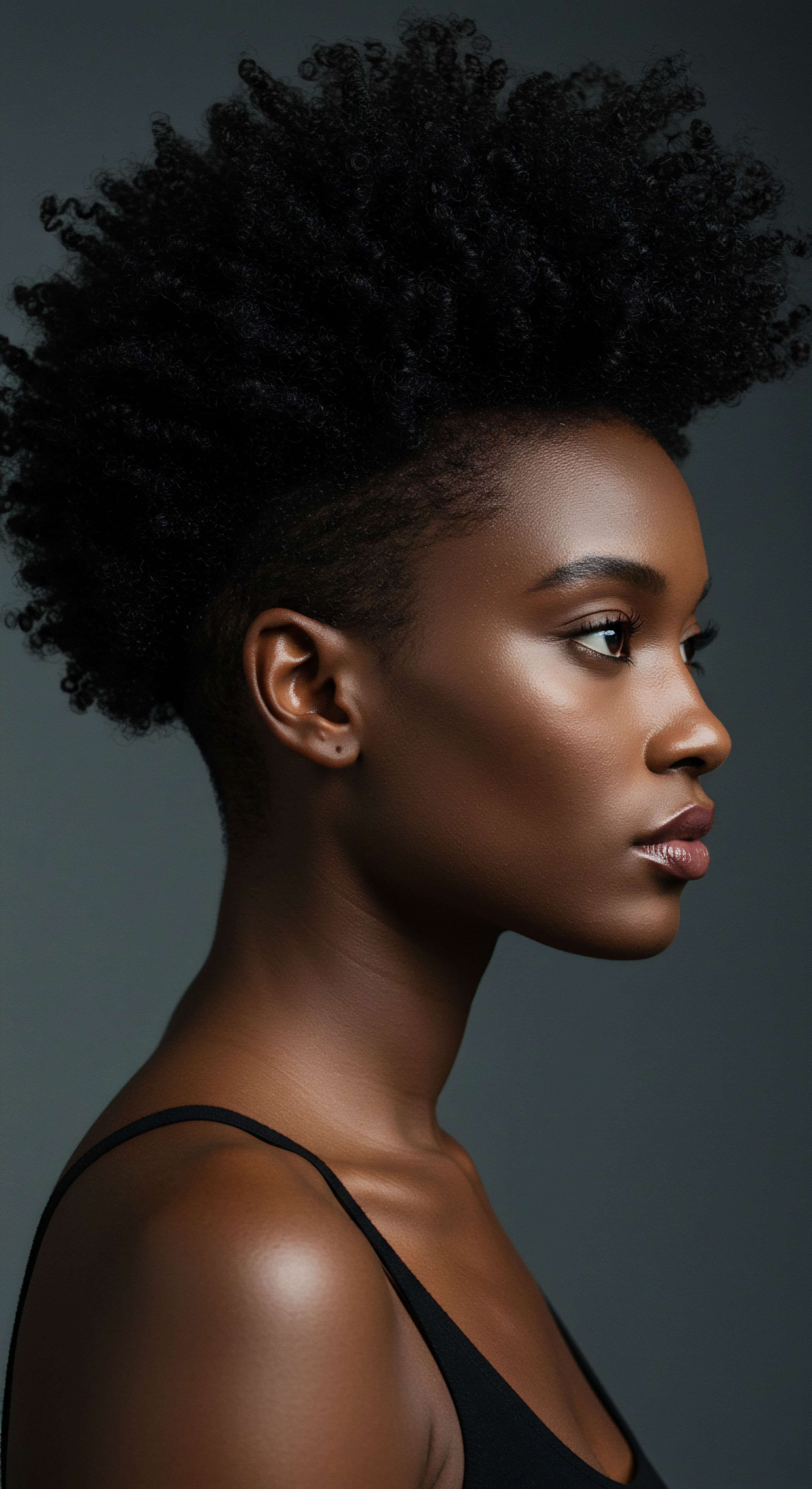
Head Coverings in Native American Traditions
Across North America, Indigenous peoples also possessed rich traditions of headwear, though often distinct from the wrapped styles of African cultures. Headdresses, constructed from diverse materials like fur, leather, feathers, and metals, functioned as powerful symbols of identity, status, and spiritual connection. These adornments ranged from practical daily wear to ceremonial pieces reserved for significant events.
A single eagle feather, for example, could denote honor among Plains tribes, while more intricate war bonnets were worn by distinguished warriors and chiefs. Each tribe had unique styles, reflecting their customs, beliefs, and available materials.
The initial purpose of head coverings for women of color across various cultures was deeply rooted in identity, status, and spiritual expression, long before colonial powers imposed restrictions.
The use of headdresses evolved over time, influenced by interactions with European styles and materials through trade. Native American artisans incorporated their cultural expressions into new forms, adding intricate beadwork and feathers to Western-style hats, transforming them into wearable art. These additions were not merely decorative; they conveyed tribal history, spirituality, and personal narratives.
Feathers, in particular, held deep cultural significance, symbolizing honor, bravery, and connections to the natural world. These traditional head coverings, whether for everyday use or ceremony, were always created with respect and meaning.
| Cultural Origin West Africa |
| Primary Meanings Status, marital status, ethnicity, spirituality |
| Materials Often Used Vibrant fabrics, sometimes beads |
| Cultural Origin South Asia |
| Primary Meanings Modesty, religious observance, marital status |
| Materials Often Used Cotton, silk, chiffon, various fabrics |
| Cultural Origin Native American Nations |
| Primary Meanings Identity, status, spirituality, achievements |
| Materials Often Used Feathers, fur, leather, beads, antlers |
| Cultural Origin Head coverings universally served as visual markers of personal and communal identity. |

Ritual
Stepping into the historical currents that shaped the wearing of head coverings by women of color invites a consideration of daily practices, the intimate rituals that sustained identity in the face of external pressures. Here, we delve into the applied wisdom, the tangible ways women navigated societal mandates that sought to diminish their self-expression. The introduction of laws dictating appearance often created new forms of cultural observance, a quiet rebellion woven into the fabric of everyday life.

The Tignon Laws and Their Intent
One of the most prominent examples of laws directly affecting head coverings for women of color emerged in 18th-century Louisiana. The Spanish colonial Governor Esteban Rodríguez Miró enacted the Tignon Laws in 1786. These laws mandated that free women of color wear a tignon, a type of headscarf or handkerchief, to conceal their hair when in public.
The intention behind this legislation was overtly discriminatory. Colonial authorities sought to control women “who had become too light skinned or who dressed too elegantly,” particularly those who “competed too freely with white women for status.” The vibrant, elaborate hairstyles adorned with jewels and feathers, often worn by free Creole women of African descent, were seen as a threat to the established social order and white women’s perceived superiority.
The Tignon Laws aimed to visually subordinate free women of color, forcing them to cover their elaborate hairstyles to distinguish them from white women.
The law specifically required that “Negras Mulatas, y quarteronas can no longer have feathers nor jewelry in their hair,” instead demanding they wear their hair bound. This directive aimed to tie free Black women to the “slave class,” regardless of their actual status, serving as an additional visual social marker. It was a calculated attempt to reinforce racial hierarchies and prevent interracial relationships, which were perceived as undermining the social stability of the colony.
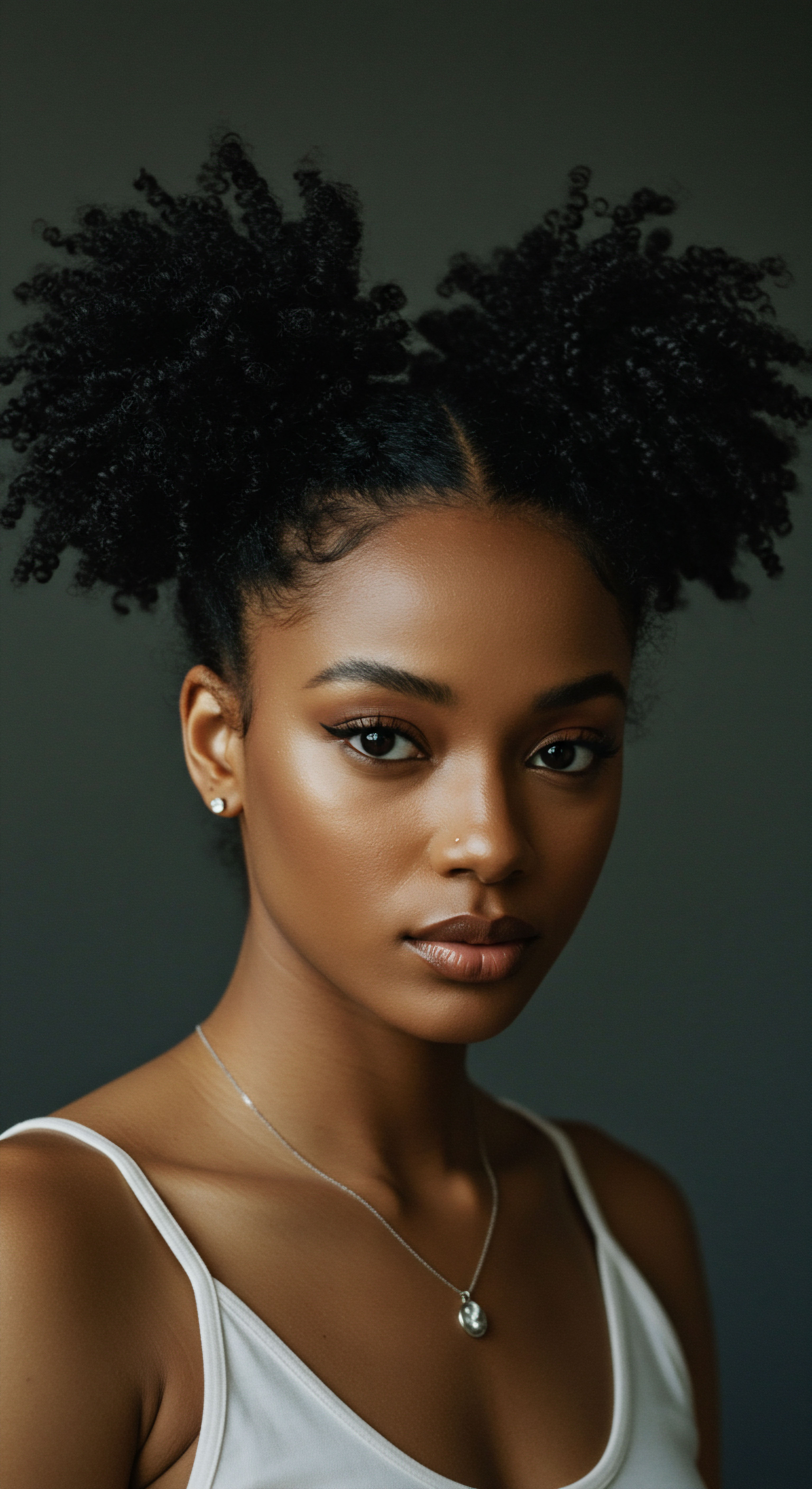
Resistance Through Adornment
Despite the oppressive intent, women of color transformed these laws into acts of sartorial resistance. Instead of allowing the tignon to signify inferiority, they adopted the mandate with defiant creativity. They chose luxurious, brightly colored fabrics, tying their tignons with ornate knots and decorating them with ribbons, jewels, and feathers. What was intended as a badge of subservience became a statement of beauty, wealth, and cultural pride.
This ingenious adaptation turned a symbol of oppression into a mark of distinction, a powerful assertion of identity and agency. The practice of wearing elaborate tignons continued even after the United States acquired Louisiana, and the laws were no longer formally enforced.
- Choice of Fabric ❉ Women selected expensive, colorful materials, defying the spirit of the law which sought to diminish their appearance.
- Styling Techniques ❉ Tignons were tied with intricate knots and artistic flair, transforming a simple covering into a complex, expressive accessory.
- Added Embellishments ❉ Feathers, jewels, and other adornments were incorporated, further elevating the tignon beyond a mere sign of subservience.

Other Sumptuary Laws and Their Reach
The Tignon Laws were not isolated incidents. Sumptuary laws, which regulated dress and consumption, existed in various forms across different societies and historical periods, often reflecting social hierarchies. In colonial British North America, beyond Louisiana, laws were sometimes passed that restricted the types of clothing, fabric, and adornments people of color could wear. For instance, in South Carolina in 1735, British colonists mandated that Black women were only allowed to wear the cheapest fabrics and were prohibited from wearing any decorated or embellished clothing, including festive headwraps.
These regulations served to visually delineate social status and enforce racial subordination, extending beyond head coverings to other aspects of appearance. Such laws aimed to control public presentation and maintain a clear distinction between the dominant white population and marginalized groups.
Even in the Islamic world, while some religious texts encourage head coverings for women, historical sumptuary laws could also regulate appearance based on social standing or moral codes. These laws, though different in their origin and specific application, shared a common thread ❉ the control of public presentation through sartorial mandates. For women of color, these laws often intertwined with racial and class discrimination, creating a complex web of restrictions that shaped their daily lives and public interactions. The ongoing impact of these historical legal controls on dress and hair continues to reverberate in contemporary discussions about appearance, identity, and discrimination.

Relay
To truly grasp the enduring weight of historical laws on head coverings, we must move beyond simple chronology and into a multi-dimensional analysis, connecting past dictates to present-day realities. This exploration calls for a deep dive into the psychological and sociological currents that flowed from such legislation, revealing how power dynamics embedded in legal texts continue to shape identity and self-perception for women of color. Here, the subtle interplay of science, culture, and societal structures comes into sharper focus, allowing us to perceive the complex layers of an experience often dismissed as mere fashion.
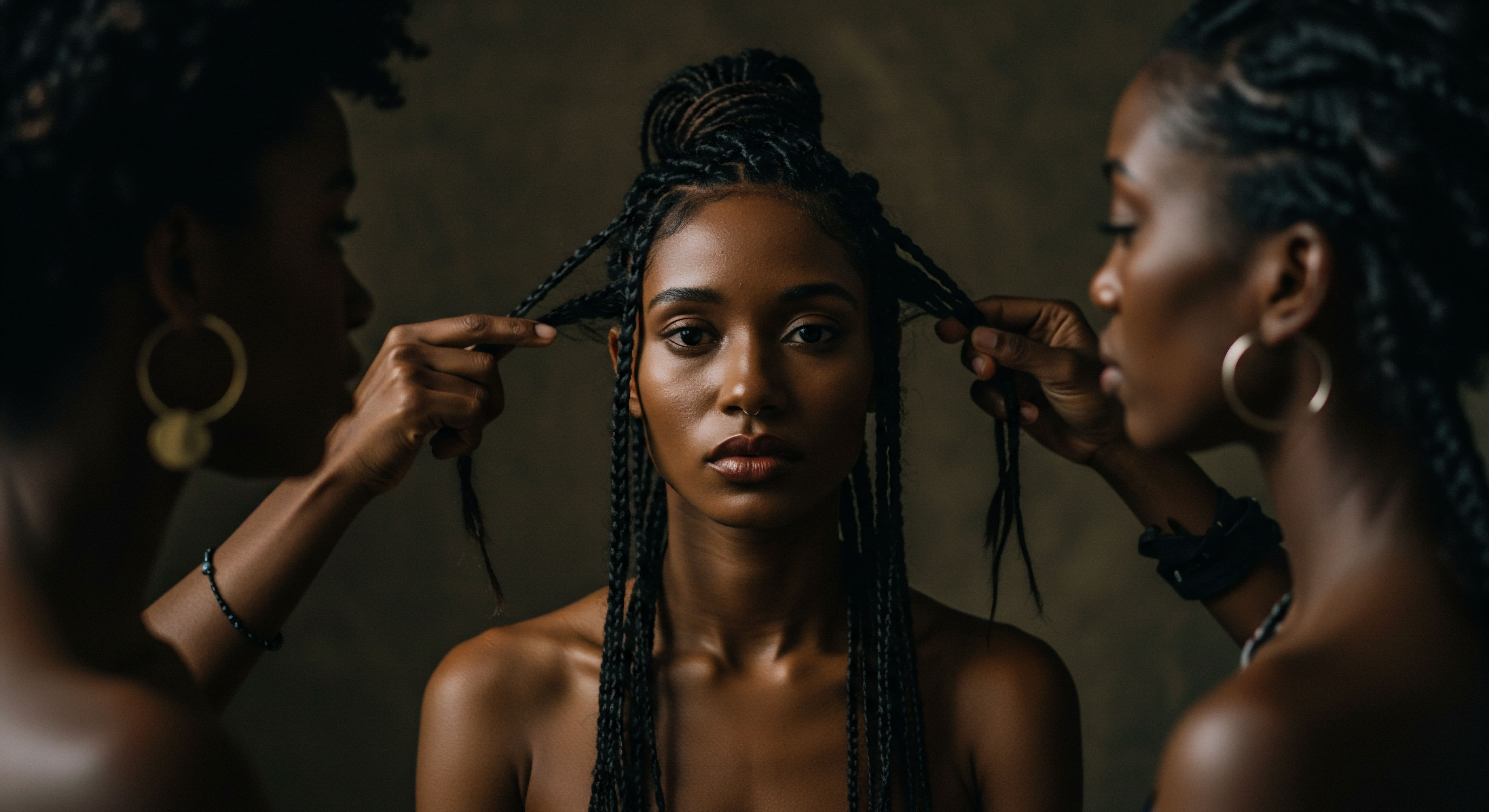
The Lasting Psychological Imprint
The historical policing of head coverings and hair, particularly through laws like the Tignon Laws, left an indelible mark on the collective psyche of women of color. These mandates, designed to diminish and subordinate, forced a constant negotiation with identity in public spaces. When a headwrap, once a symbol of pride and cultural connection, became a mandated sign of lower status, it created a cognitive dissonance that generations grappled with.
This historical burden contributes to the ongoing challenges faced by women of color in expressing their natural hair and cultural aesthetics without fear of discrimination. The association of head coverings with servitude or homeliness persisted for some time after slavery’s abolition, influencing perceptions within Black communities themselves.

How Did Laws Influence Self-Perception?
The insidious nature of sumptuary laws aimed to internalize inferiority. By forcing specific attire, colonial powers sought to strip away outward expressions of dignity and beauty, thereby eroding self-worth. Yet, the acts of resistance, such as the elaborate styling of tignons, served as powerful counter-narratives. This duality highlights a profound resilience, a testament to the human spirit’s capacity to reclaim agency even under duress.
The transformation of an imposed garment into a symbol of defiance speaks to a deep, inherent self-respect that laws could not extinguish. The beauty and features of Black women often attracted white men, which enraged white women who saw them as competitors, thus prompting laws to control their appearance. This context reveals how laws were not simply about public order, but about controlling social relationships and perceived threats to racial and gender hierarchies.

Contemporary Echoes of Historical Control
The legacy of these historical laws is not confined to history books; it reverberates in contemporary society through ongoing hair discrimination. Despite centuries passing since formal sumptuary laws, the policing of textured hair persists in schools, workplaces, and public spaces. This enduring issue points to a deep-seated, systemic bias that continues to disadvantage women of color. Policies that appear “race-neutral” often disproportionately affect Black individuals, perpetuating racial discrimination.
Consider the significant case of the CROWN Act (Creating a Respectful and Open Workplace for Natural Hair). This legislation, first passed in California in 2019, aims to prohibit discrimination based on hair texture and protective hairstyles, such as braids, locs, twists, and knots. As of June 2023, twenty-three states have passed similar legislation, yet a federal law remains elusive. This widespread legislative movement highlights that hair discrimination is not an isolated phenomenon, but a pervasive issue requiring legal intervention.
The very need for such an act underscores the continued societal pressure to conform to Eurocentric beauty standards, a direct descendant of historical efforts to control the appearance of women of color. The Civil Rights Act of 1964, while addressing race-based discrimination, did not explicitly include protections for phenotypical markers like hair texture, creating a loophole that allowed for continued discrimination.
A striking illustration of this enduring challenge can be seen in a 2019 study by Dove, which revealed that Black Women are 80% More Likely to Change Their Natural Hair to Meet Workplace Expectations. This statistic, while not directly about head coverings, speaks volumes about the pervasive pressure to conform to Eurocentric beauty standards, a pressure historically reinforced by laws governing appearance. It underscores how the legacy of control over women of color’s hair continues to influence professional and social choices today, even without explicit legal mandates on head coverings.
The study found that Black women are significantly more likely to experience hair discrimination at work, impacting their career progression and mental well-being. This societal expectation to alter natural hair textures, often perceived as “unprofessional” or “unruly,” directly mirrors the historical attempts to suppress the natural beauty and cultural expressions of Black women through laws like the Tignon.
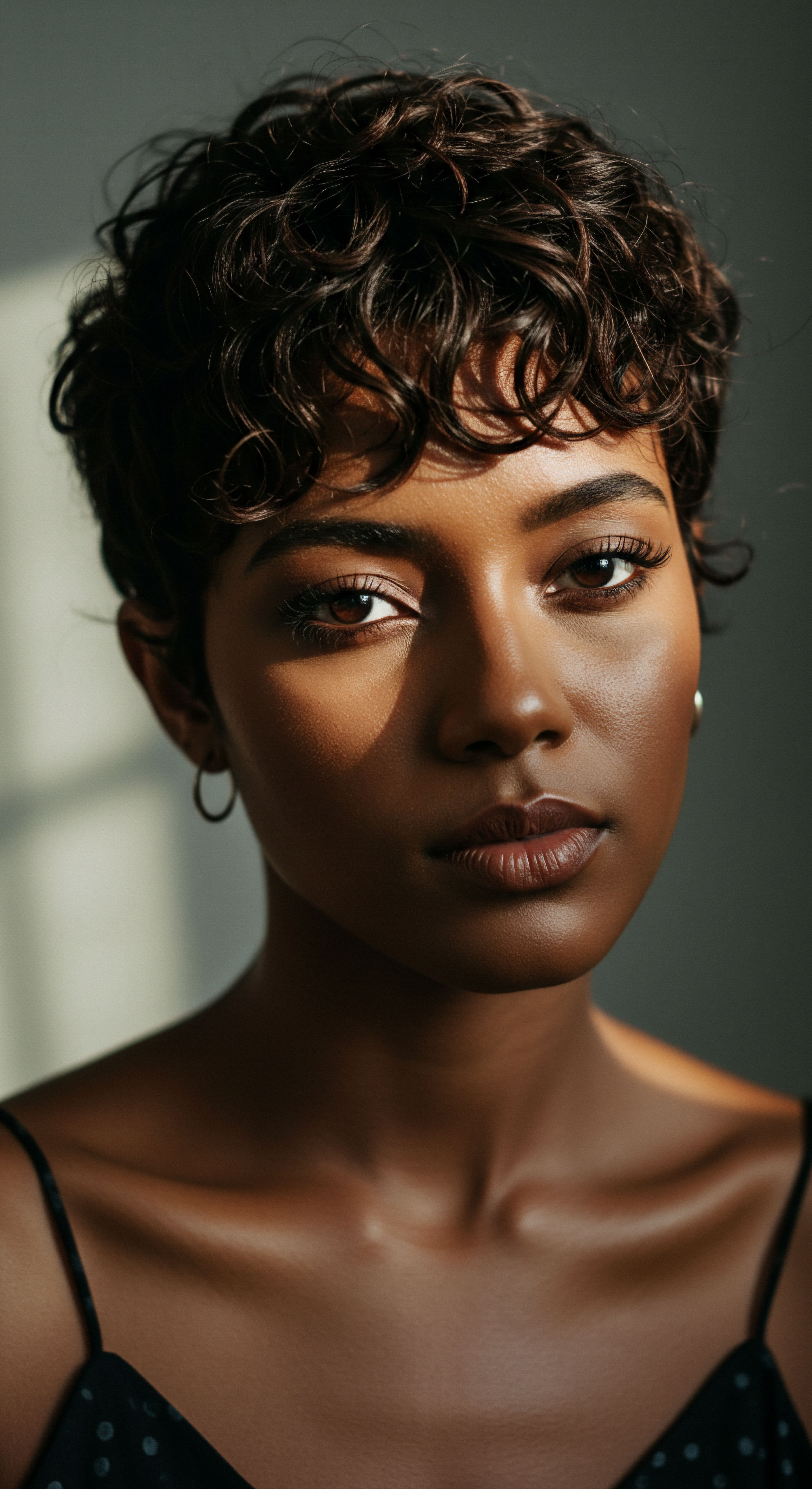
The Intersectional Lens on Hair Politics
Analyzing the historical laws affecting head coverings requires an intersectional lens, acknowledging the interplay of race, gender, and class. These laws were not simply about fabric; they were about maintaining social order and power dynamics. The vulnerability of women of color, particularly those who were free but still marginalized, made them targets for legislation that sought to define their place in a rigid social hierarchy.
The concept of “controlling images,” as discussed by sociologist Patricia Hill Collins, provides a framework for understanding how stereotypes, often reinforced by law, dehumanized Black women and justified their exploitation. The “Mammy” stereotype, for instance, often depicted wearing a headscarf, served to portray Black women as docile domestic servants, thereby justifying their low wages and subordinate social position.
The politics of hair for women of color remain deeply intertwined with issues of autonomy, identity, and social justice. From the colonial period to the present, the choice to cover or reveal one’s hair, and how it is styled, has often been a battleground for self-determination. Understanding these historical roots provides crucial context for the ongoing struggle for hair freedom and the celebration of diverse textured hair in all its forms.
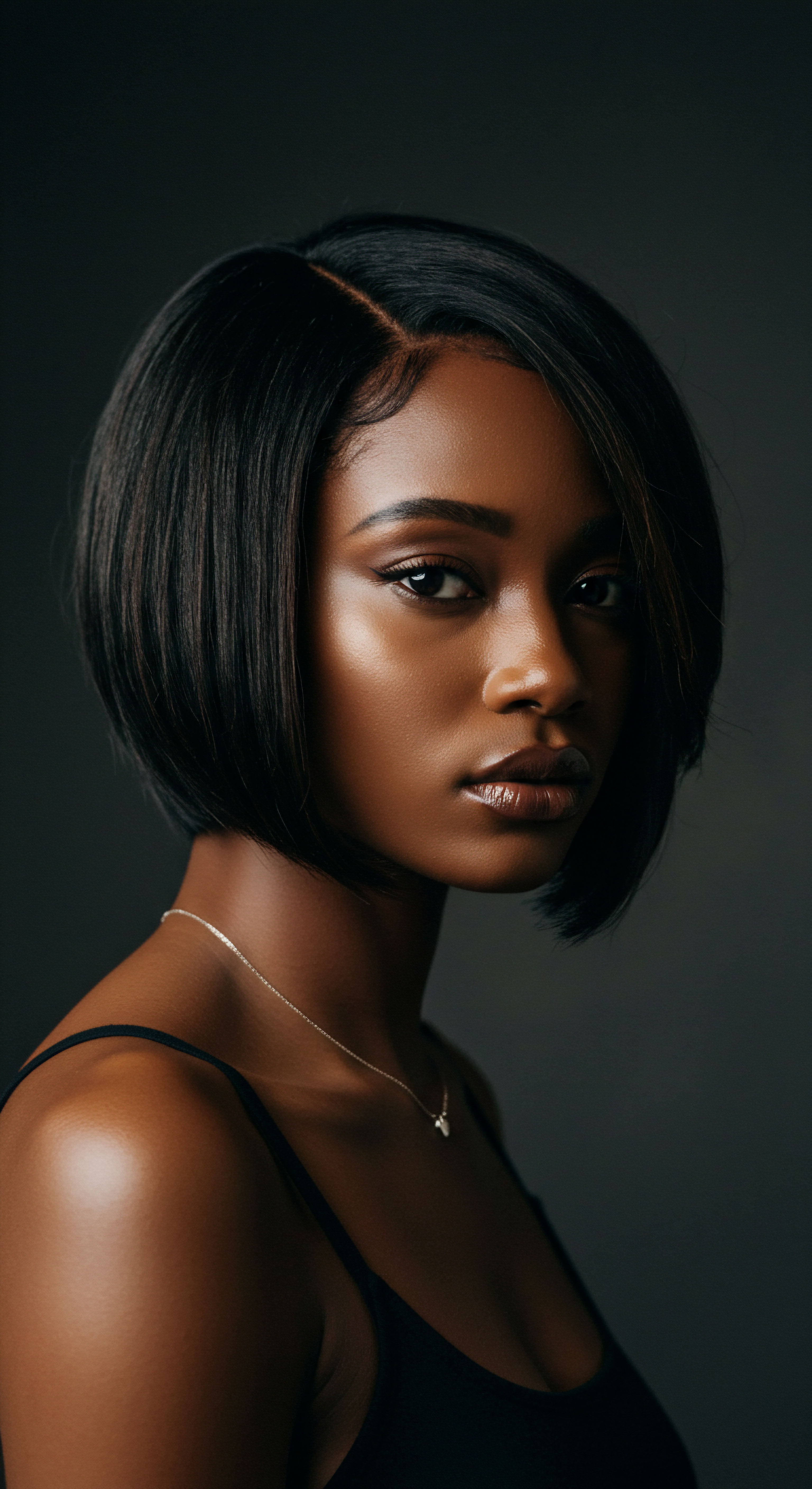
Reflection
As we conclude this exploration, a gentle truth emerges ❉ the threads of history, though sometimes taut with oppression, are also resilient with defiance. The laws that once sought to dictate the wearing of head coverings by women of color, born of fear and control, inadvertently illuminated the unwavering spirit of those they aimed to suppress. Each tignon artfully tied, each headwrap defiantly adorned, whispers a continuing story of beauty, ingenuity, and an unbreakable connection to heritage. The journey from mandated concealment to celebrated expression stands as a powerful testament to the enduring human desire for authenticity, reminding us that true radiance stems from within, beyond any external decree.
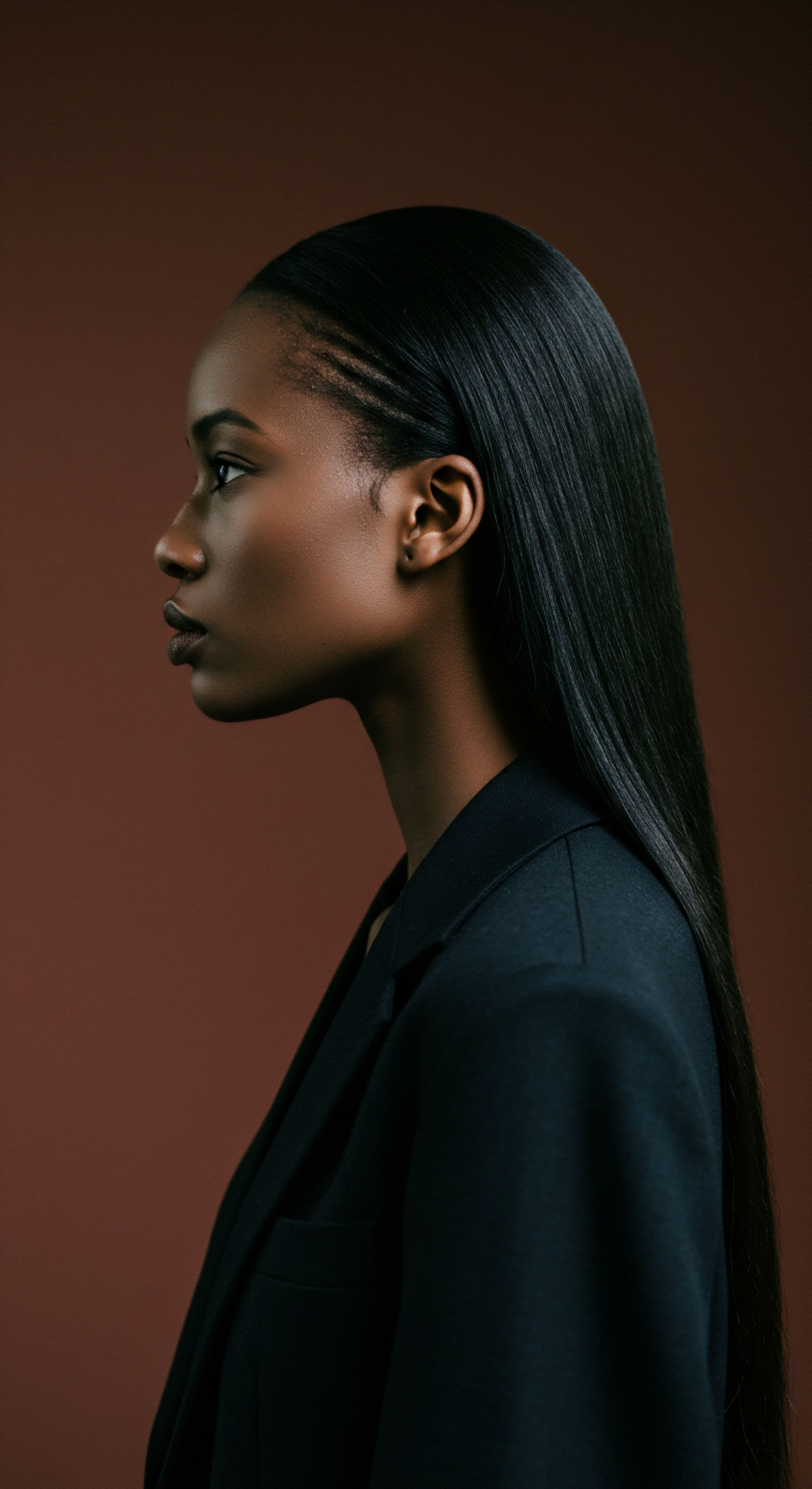
References
- Byrd, Ayana D. and Lori L. Tharps. Hair Story ❉ Untangling the Roots of Black Hair in America. St. Martin’s Press, 2001.
- Dabiri, Emma. Twisted ❉ The Tangled History of Black Hair Culture. Harper Perennial, 2020.
- Dubois, Laurent, and John D. Garrigus. Slave Revolution in the Caribbean 1789–1804 ❉ A Brief History with Documents. Bedford/St. Martin’s, 2006.
- Ellington, Tameka. Textures ❉ The History and Art of Black Hair. Schiffer Publishing, 2020.
- Gould, Virginia M. “‘A Chaos of Iniquity and Discord’ ❉ Slave and Free Women of Color in the Ports of New Orleans, Mobile and Pensacola.” In The Devil’s Lane ❉ Sex and Race in the Early South, edited by Catherine Clinton and Michele Gillespie, 232–46. Oxford University Press, 1997.
- Collins, Patricia Hill. Black Feminist Thought ❉ Knowledge, Consciousness, and the Politics of Empowerment. Routledge, 1990.
- Davis-Sivasothy, Audrey. The Science of Black Hair ❉ A Comprehensive Guide to Textured Hair Care. Sistas With Real Hair, 2011.
- Robson, J. M. The Fabric of the Law ❉ A Study of Sumptuary Legislation in England, 1300-1600. Cambridge University Press, 2004.
- Dillman, Caroline M. “The Tignon Law ❉ A History of Resistance and Emancipation.” Maroons.Black, 2022.
- Thompson, Gale. “Headdresses in Native American Culture.” EBSCO Research Starters, 2023.